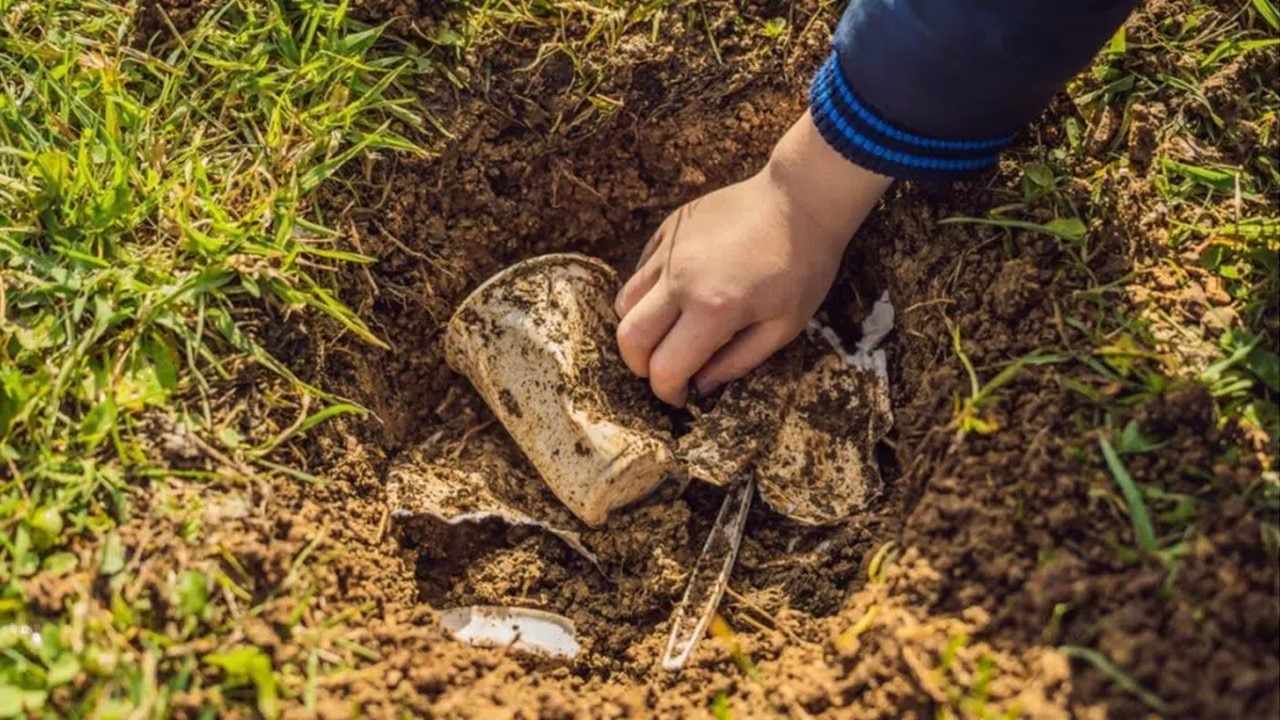


2025-09-02
In our daily lives, biodegradable plastics are emerging as an alternative to conventional plastics. In general, "bio-" is perceived as an environmentally friendly material. European Bioplastics estimated that the global bioplastic production capacity will increase from approximately 2.23 million tonnes in 2022 to 6.3 million tonnes in 2027. Biodegradable plastics, however, are not beneficial to the environment without proper handling.
What are biodegradable products made of?
A number of materials are used to make biodegradable materials, including PLA (polylactic acid), PBAT, starch blends, and PBS. In some cases, these materials are derived from natural materials like corn, potatoes, and other starch-based biomass. However, the source of these materials has been proven to be controversial, as they are often linked to countries affected by deforestation.
Due to cost and mechanical limitations, none of the current commercial biodegradable polymers is used solely for the manufacture of products. Chemical additives are usually added to the biodegradable materials. This mix of materials poses a challenge in that it may not represent the true "green" product.
Are biodegradable plastics recyclable?
PLA (polylactic acid) is a widely used degradable material derived from starch fermentation. To degrade, PLA must be exposed to specific conditions, such as a high temperature of about 60 degrees Celsius and a relative humidity of 60%. Also, microorganisms, as well as high temperatures in water, can break down materials such as PBAT and PBS into their component parts. In other words, biodegradable materials need special conditions to degrade, however, landfills usually do not have this special condition, biodegradable materials are not suitable for decomposition in natural environments.
Together, let’s support reduction at source, reducing unnecessary packaging, and promoting reusable and refillable packaging alternatives.